On View
The Most Significant Hans Holbein Show to Grace a U.S. Museum in 40 Years Is a Rare Chance to Bask in His Splendorous Paintings
The last Holbein show of its kind, which looked primarily at his drawings, was in 1983.
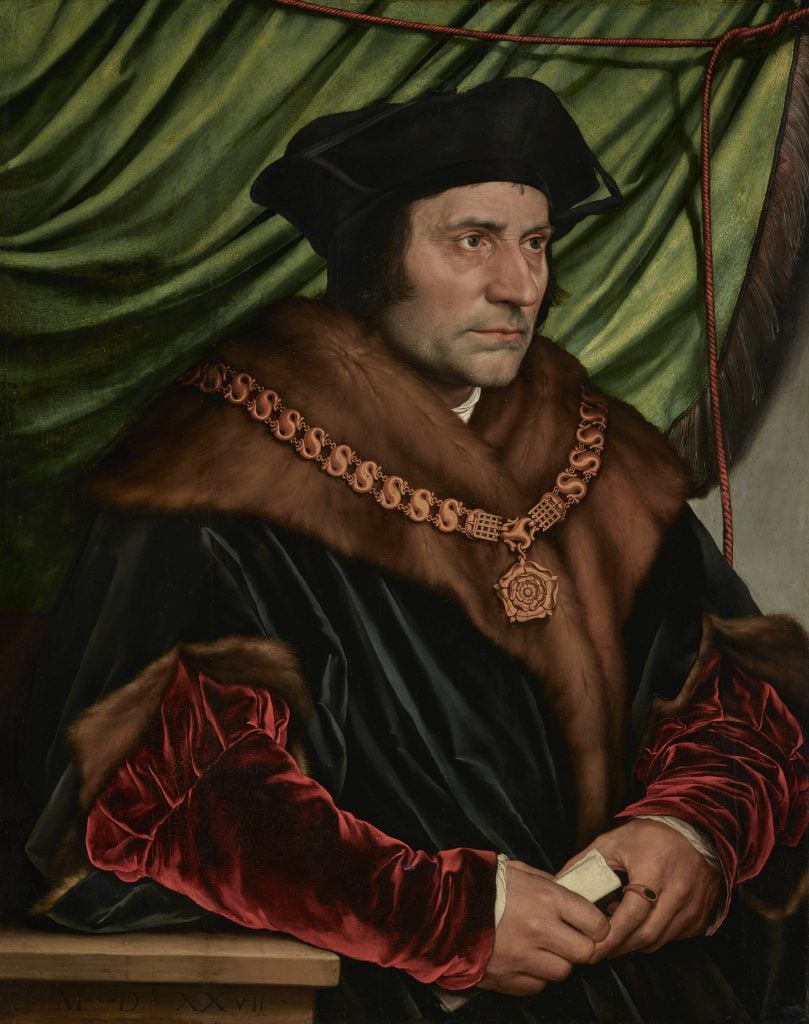
The last Holbein show of its kind, which looked primarily at his drawings, was in 1983.

Taylor Dafoe

He might technically be “the younger,” but he still died 500 years ago. He’s also responsible for the best painting show in New York right now.
I’m speaking, of course, of Hans Holbein the Younger, the German-Swiss artist who pushed Renaissance painting to new heights in the 16th century. Beginning in Basel, and later in England, where he served as court painter to King Henry VIII, Holbein made his mark with portraits of nobles, merchants, and scholars. Many of these works form a quietly momentous survey currently on view at the Morgan Library and Museum.
“Holbein: Capturing Character,” as the show is called, is billed as one of the only major solo exhibitions dedicated to the painter ever mounted in the United States. It might be the last we’re treated to in our lifetimes, too, being the product of the kind of intercontinental, inter-institutional collaboration that is exceptionally rare and exceptionally expensive.
“Holbein’s paintings and drawings are the crown jewels of museums that own them,” the show’s organizers, John McQuillen and Austėja Mackelaitė, said in a joint email to Artnet News. “Such institutions can be reluctant to part with their most prized pieces. Many of the works are also fragile, which can make travel difficult or even impossible.”
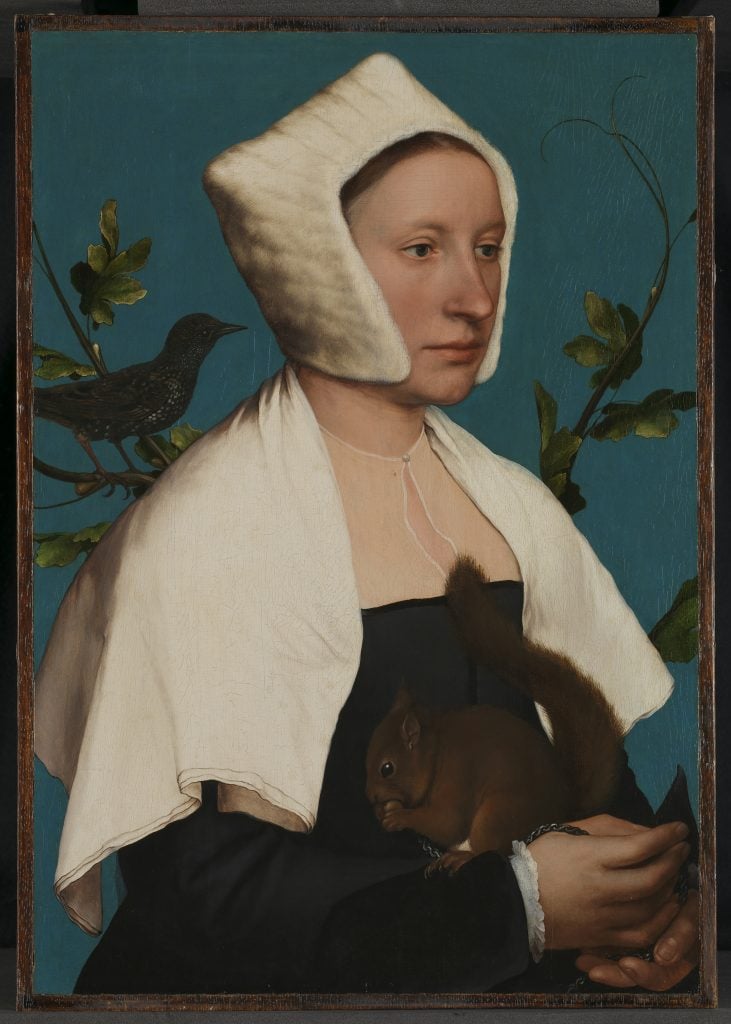
Hans Holbein the Younger, A Lady with a Squirrel and a Starling (Anne Lovell?) (ca. 1526–28). Courtesy of the Morgan Library and Museum.
Indeed, logistical concerns with loans, transport, and insurance were among the biggest obstacles McQuillen, Mackelaitė, and their fellow organizer, Getty Museum curator Anne Woollett, had to overcome in putting the show together. The multi-year process was made all the more complicated by the pandemic.
The Holbein exhibition actually debuted last fall at the Getty in Los Angeles, but that version and the one on view at the Morgan differ in significant ways. Some institutions only agreed to loan certain prized pieces for a short period of time, allowing for inclusion in one, but not both, shows. The Frick, for example, lent Holbein’s portrait of Thomas More to the Morgan, and his painting of Thomas Cromwell to the Getty. Both pieces rank among the portraitist’s best.
All in all, the exhibition features loans from 10 U.S. institutions and collectors, and 13 from overseas. Roughly 60 pieces spanning the artist’s entire career are included view, 31 paintings among them. Particularly significant gets for the museum include Holbein’s portraits of Erasmus of Rotterdam (circa 1532), A Lady with a Squirrel and a Starling (Anne Lovell?) (circa 1535–40) and Simon George (circa 1535–40).
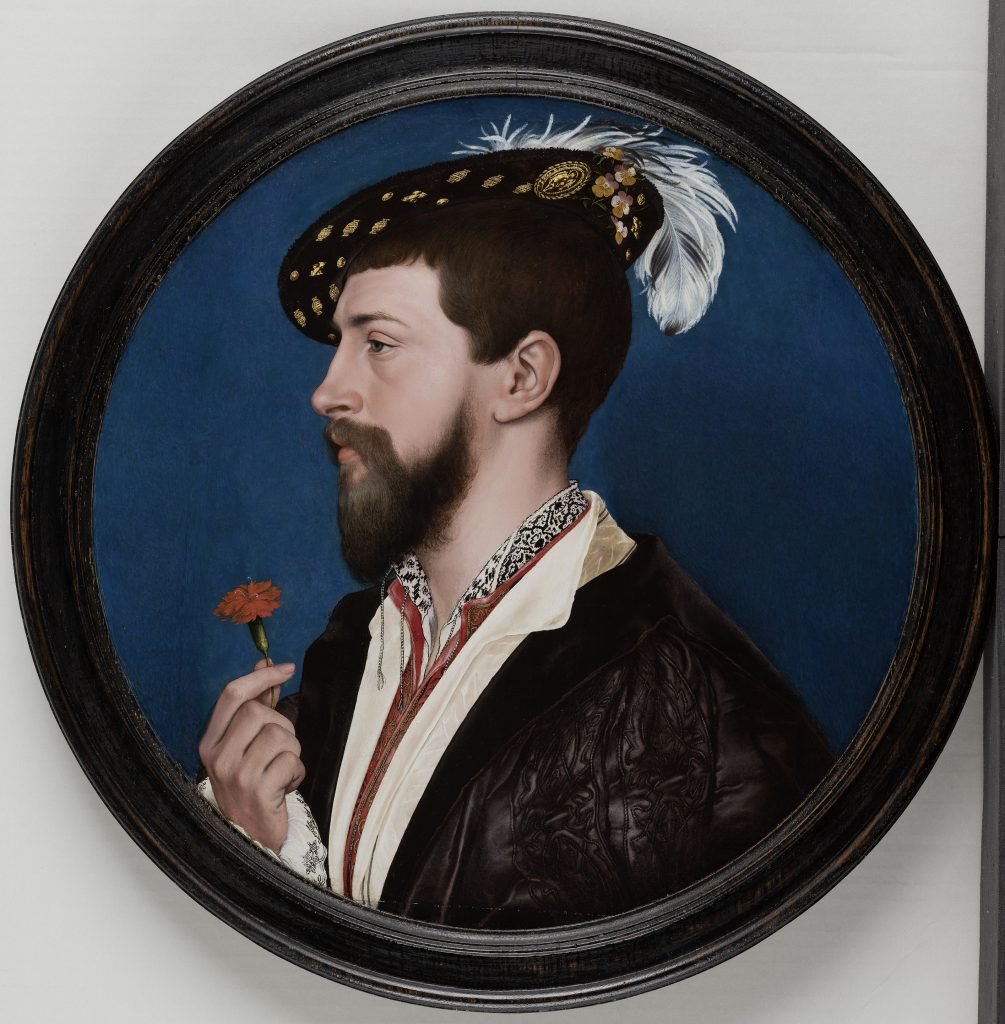
Hans Holbein the Younger, Simon George (ca. 1535–40). Courtesy of the Morgan Library and Museum.
The Morgan and the Getty were responsible for the last American exhibition dedicated to Holbein, a smaller display of the artist’s drawings that took place in 1983 and 1984. “The fact that it has taken almost 40 years for a more comprehensive overview of Holbein’s artistic practice to be assembled in the U.S. speaks to the difficulty of negotiating loans of the artist’s works,” McQuillen and Mackelaitė said.
For the curators, Holbein’s work is just as compelling now as it was then—and perhaps even more so.
“Holbein is one of the few artists who was extremely successful and popular in his own time, and whose work has never gone out of fashion,” they said. “His extraordinary mastery over the medium of oil paint led him to create highly naturalistic images, which are filled with tactile, closely observed details that simultaneously delight and seduce.”
Those details, the curators explained, are what make the artist’s output special. Whereas other painters focused on their sitters’ features, Holbein honed in on their physiognomy—the physical traits, that is that can reveal a person’s desires, disposition, or social status—as well as their garb. They are also the central preoccupation of the show (hence the title, “Capturing Character”).
“Although Holbein was not the only Renaissance artist who used portraits to create statements of visual identity for his patrons, the intensity of his preoccupations with these issues distinguishes him from many of his contemporaries,” the curators said.
See more works from the Morgan’s exhibition below.
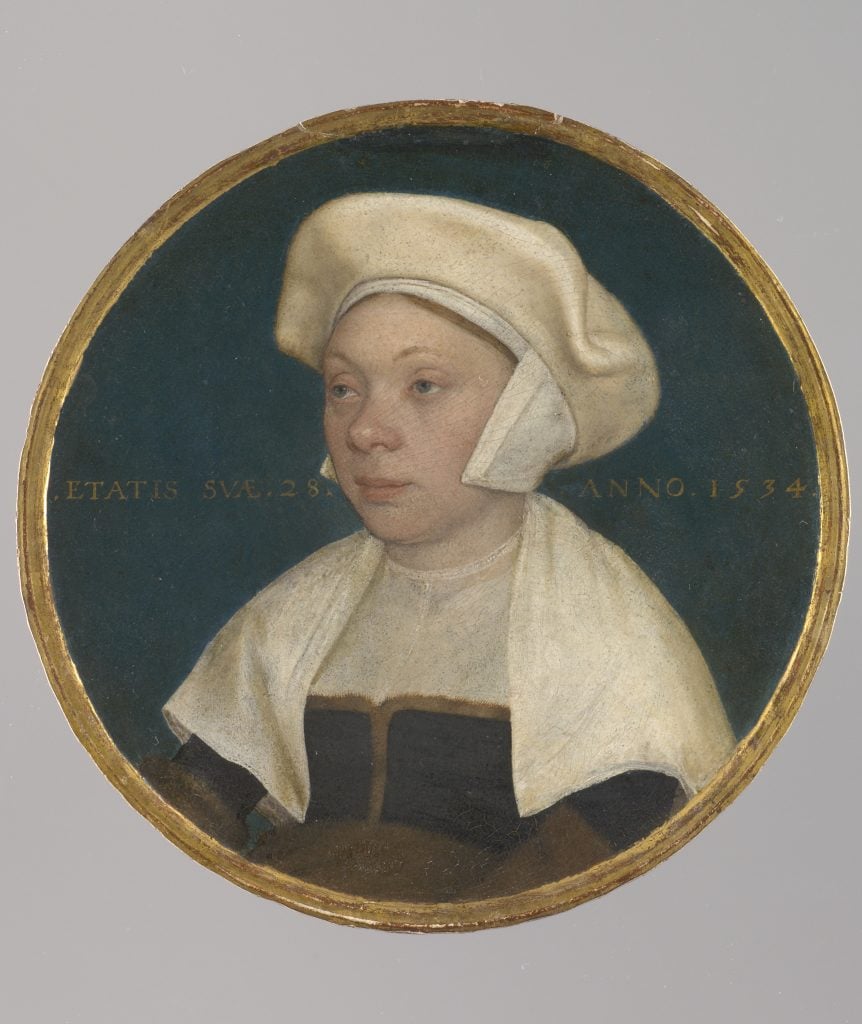
Hans Holbein the Younger, The Wife of a Court Official of Henry VIII (ca. 1534). Courtesy of the Morgan Library and Museum.
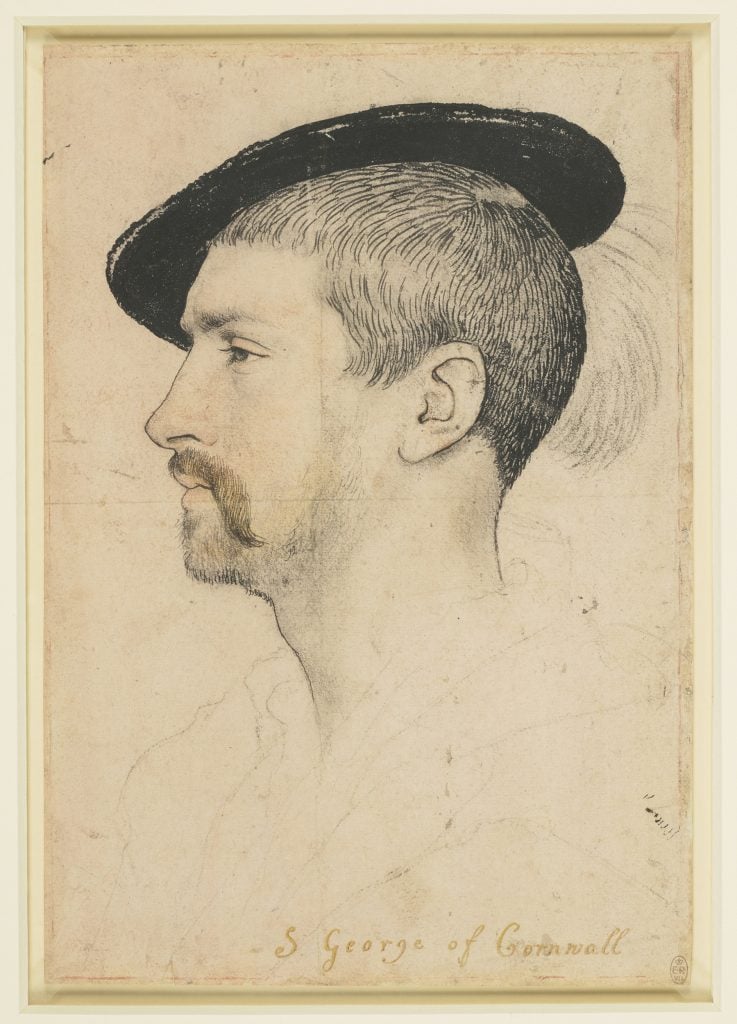
Hans Holbein the Younger, Preparatory drawing of Simon George (ca.
1535). Courtesy of the Morgan Library and Museum.
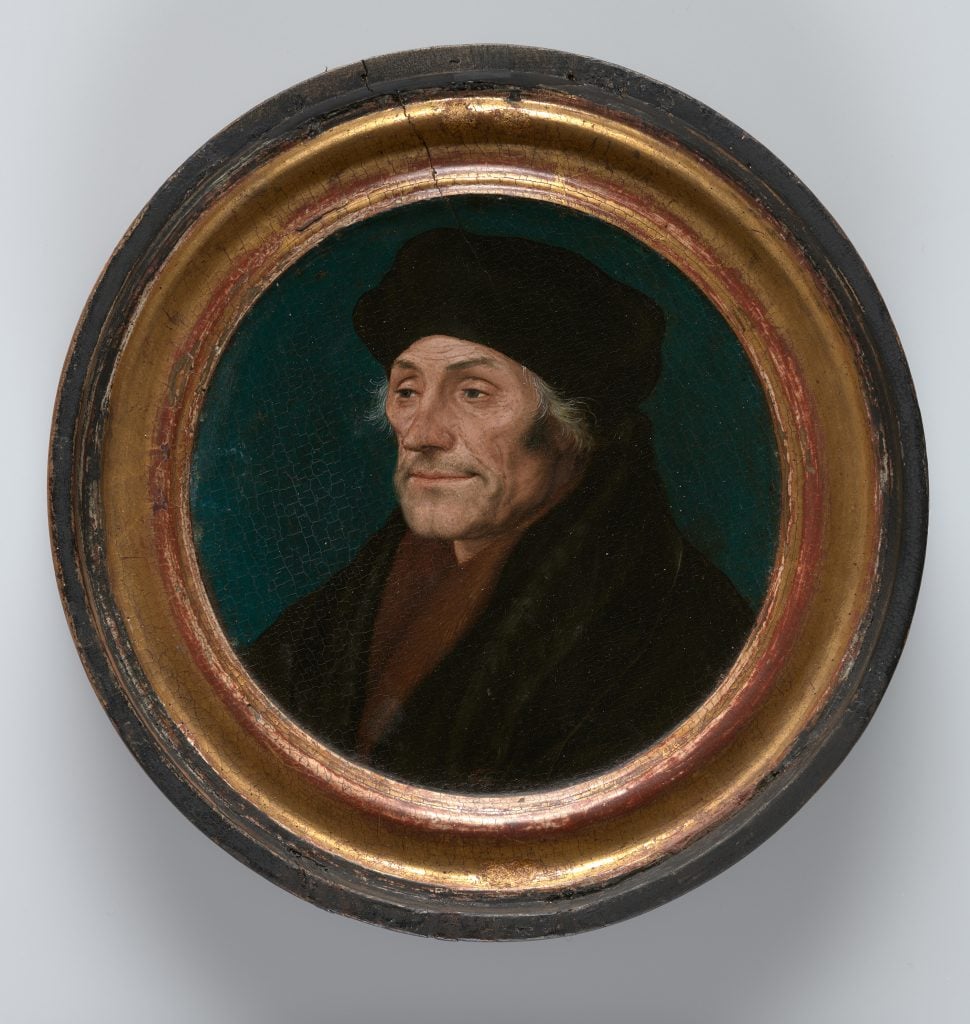
Hans Holbein the Younger, Erasmus of Rotterdam (ca. 1532). Courtesy of the Morgan Library and Museum.
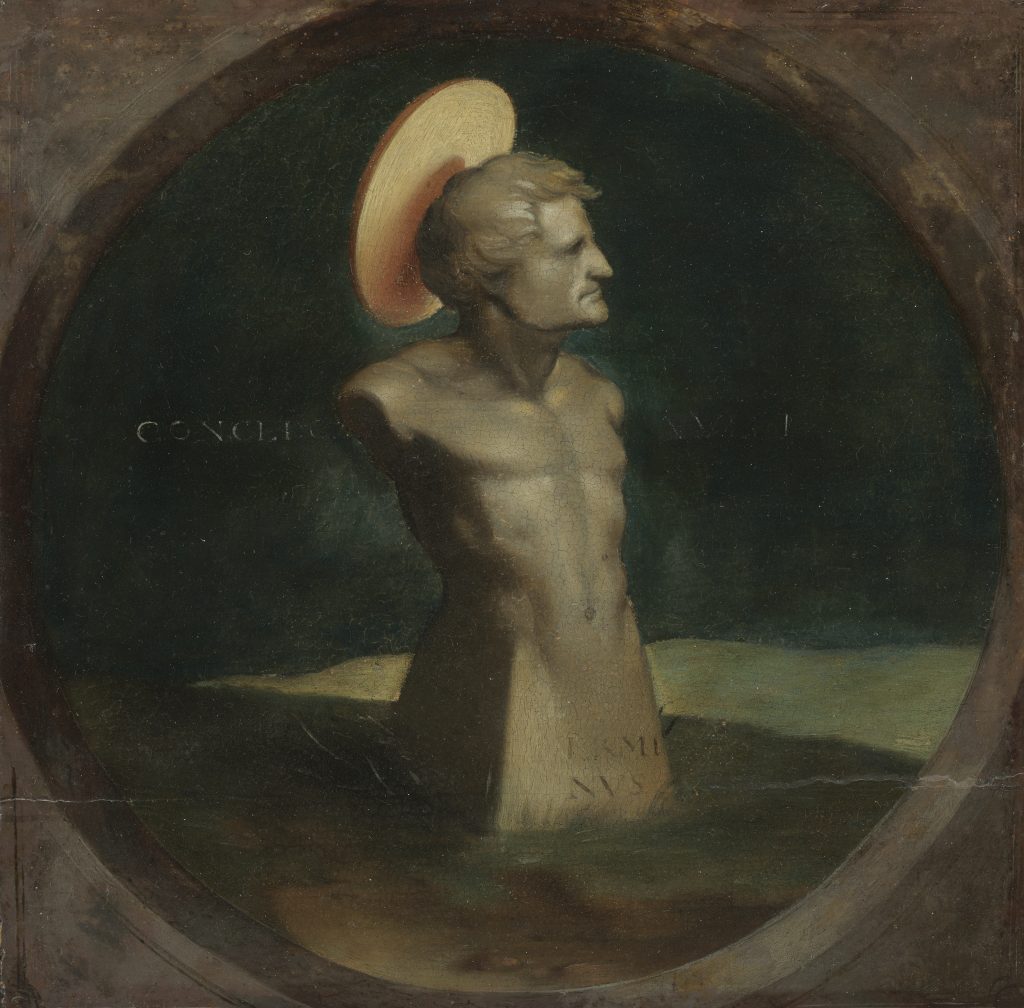
Hans Holbein the Younger, Terminus, Device of Erasmus (ca. 1532). Courtesy of the Morgan Library and Museum.
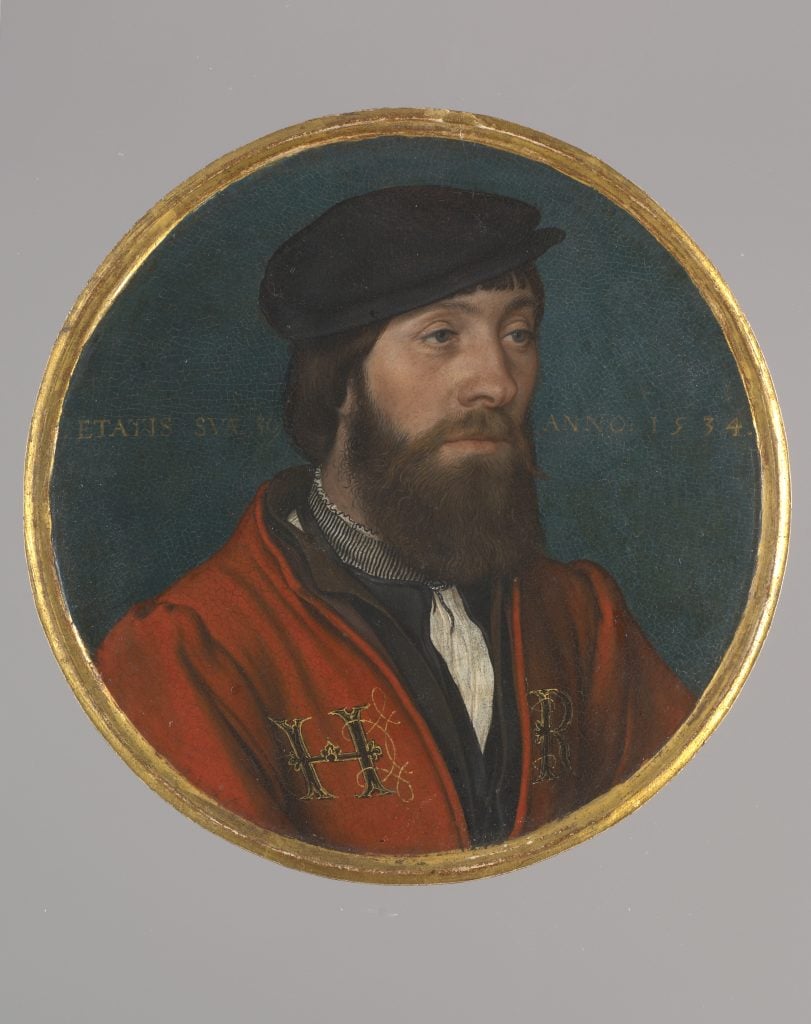
Hans Holbein the Younger, A Court Official of Henry VIII (ca. 1534). Courtesy of the Morgan Library and Museum.
“Holbein: Capturing Character” is on view now through May 15, 2022 at the Morgan Library and Museum in New York.